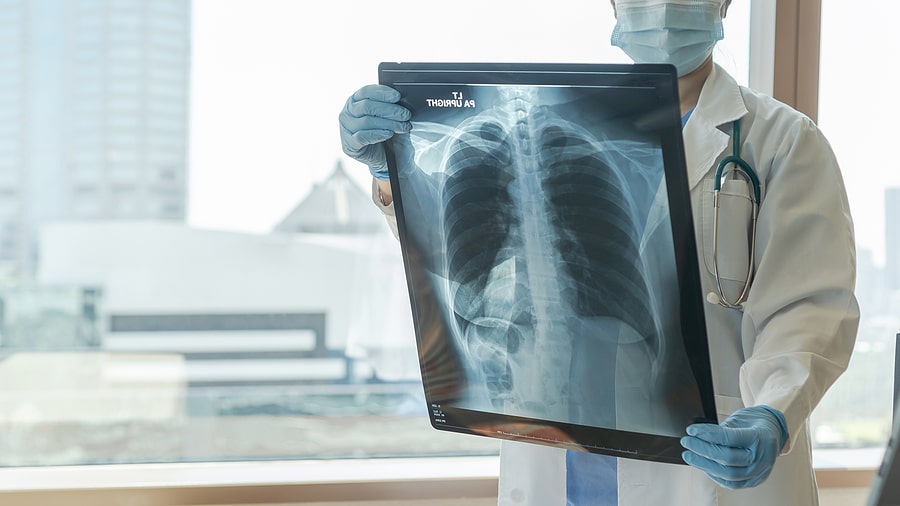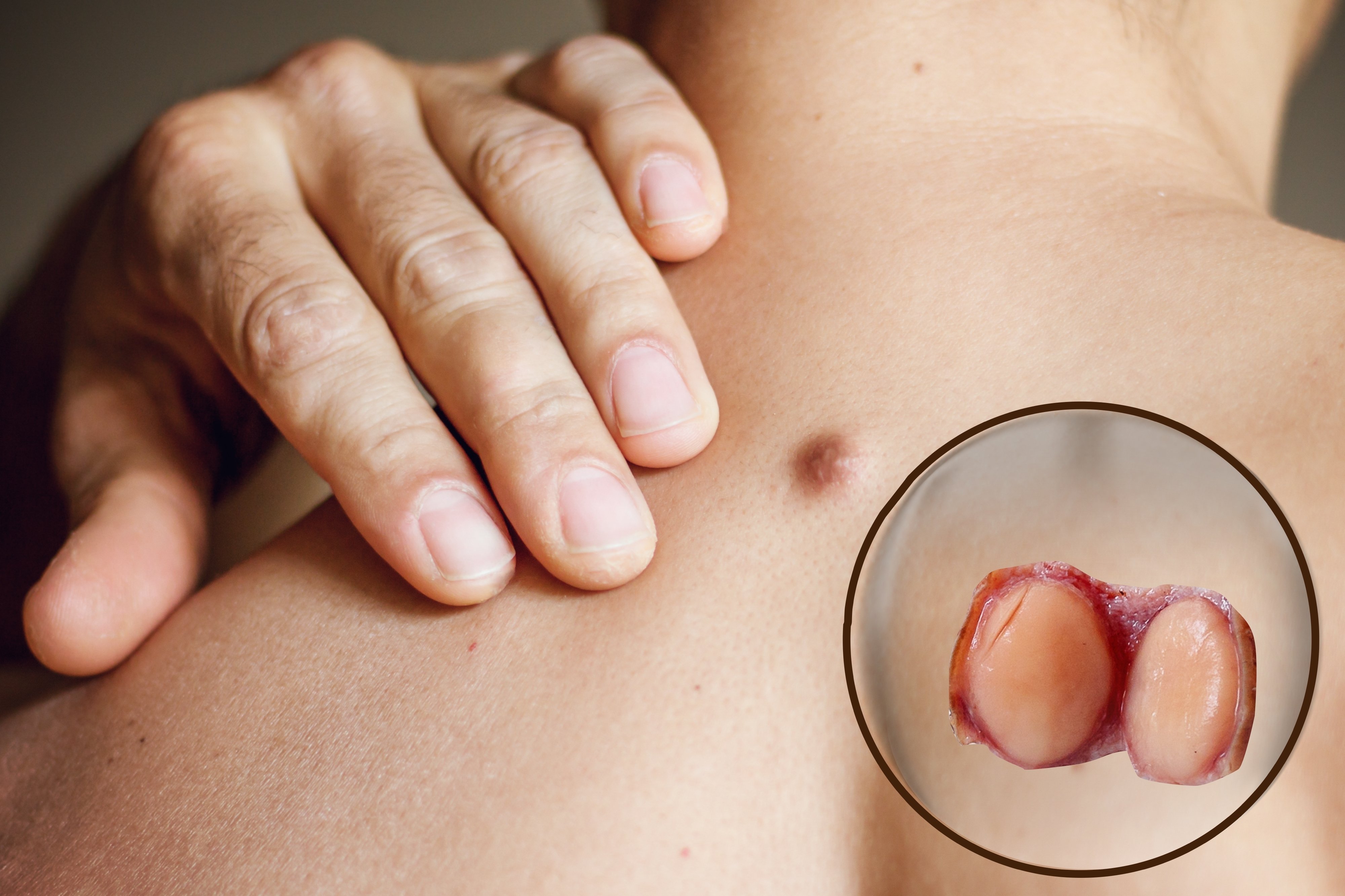Did 9/11 Exposure Cause My Soft Tissue Cancer?

If You Were in the Exposure Zone, You May Qualify for Benefits
The terrorist attacks of September 11, 2001, in NYC, at the Pentagon, and in Shanksville, PA, resulted in the immediate deaths of thousands of people. Thousands more survived the initial attack or even rushed to the scene of the attack as the terror was unfolding to help others, only to find themselves years later being diagnosed with cancer or other serious and even fatal ailments. Many thousands of our heroes from that day (and who lived or worked downtown on 9/11 or anytime until May 30, 2002) have died due to a long list of 9/11-caused cancers and a host of other medical conditions caused by exposure to the toxins in the debris released by the attacks and during the nine months of cleanup.
Responders and survivors (area residents, workers, and students) who were in the area on September 11, 2001, or during the following nine months, have or are now struggling with soft tissue cancer—and perhaps they have just now received a diagnosis for it. It is a medical condition that oftentime results in a presumption that a person is eligible to obtain free related lifetime healthcare plus an award of cash compensation from the federal 9/11-related compensation program.
Did you work, live, or attend school in one of the areas near (all of lower Manhattan south of Can Street) the September 11 terrorist attacks? Were you at one of the impact areas as a rescue, recovery, or cleanup worker? Then an experienced 9/11 benefit claim attorney can help you apply for benefits from the federal September 11th Victim Compensation Fund (VCF).
About Soft Tissue Cancer
Soft tissue sarcoma is a cancerous tumor that grows in the soft tissues such as the muscles, bones, deep layers of skin, and fat. Soft tissue sarcomas are rare, accounting for less than 1 percent of all diagnosed cancers in the U.S. While doctors aren’t entirely sure what causes soft tissue cancers, researchers have linked it to exposure to arsenic, vinyl chloride, and dioxin.
The highest ambient measurements of dioxin ever recorded in the world were measured near the burning pile of debris from the collapse of the World Trade Center towers in Lower Manhattan— levels at least 100 times higher than what would be detected downwind from a garbage incinerator.
Symptoms
About half of all soft tissue sarcomas begin in an arm or leg. The majority of the remaining cases originate in the abdomen and generally will go undetected until it has spread to other parts of the body and created complications such as stomach pain, bleeding, or a blocked intestine. About 10 percent of soft tissue sarcomas originate in the head or neck. The most common form of soft tissue cancer to appear in children occurs in these areas.
The most common symptom of soft tissue cancer is a painless lump or growth in the affected soft tissue. Often, this lump is not detected until it is big enough that it begins pressing on the nearby muscles and nerves.
Other symptoms of soft tissue cancer include:
- Increasingly worse abdominal pain.
- Blood in your stool or vomit.
- Black, tarry stools that indicate bleeding in the stomach or bowel.
Diagnosing Soft Tissue Cancer
If you or your doctor suspect soft tissue cancer, your diagnosis will begin with a patient history—including a history of exposure to linked toxins—and a physical exam.
After that, your doctor may order:
- X-rays of the affected area.
- An ultrasound, which is performed by a machine that uses sound waves to show an image of the inside of your body on a monitor. This is a particularly effective means of spotting soft cell tumors in the abdomen.
- An MRI scan, which uses magnets and radio waves to create a detailed image of the inside of the body. MRIs are most commonly ordered if your doctor suspects soft tissue sarcoma in your arms or legs.
- A PET scan, which requires the injection of radioactive sugar into the blood. Cancers use sugar at a higher rate than normal tissues, causing the radioactivity to collect in the tumor, which can then be spotted by the scanner.
- A biopsy, in which the doctor removes tissue from the area in which he or she suspects cancer. They study this tissue under a microscope for abnormal cells. The biopsy can confirm a presumptive diagnosis based on imaging tests.
Once a doctor makes and confirms a diagnosis, they will begin staging the cancer. Staging is a term that refers to determining how far the cancer has progressed. Soft tissue cancers are often not detected until they have reached a later stage, meaning the abnormal cancer cells have migrated from the soft tissue where they originated into near or distant organs. This sometimes limits the treatment options available for the patient.
Treating Soft Tissue Cancer
Surgery is the most common treatment for soft-tissue sarcomas. Depending on the tumor’s location and size, the goal is to remove all the diseased tissue and a margin of cancer-free surrounding tissue. If the surgeon removes all the diseased tissue, the cancer is less likely to recur. An exception to this goal, however, is when the sarcoma occurs in the abdomen. In this location, if the surrounding tissue consists of vital internal organs that the surgeon can’t remove, doctors cannot ensure a clean margin.
A common treatment in the past for sarcomas occurring in the arms or legs was to remove the affected limb. Though this still occurs sometimes in advanced cases when it is the only way to remove all of the cancerous cells, the treatment now often involves a limb-sparing surgery in which doctors only remove the cancer cells and replaces the tissue with a graft or implant. Generally, limb-sparing surgery is followed up with radiation therapy to kill any remaining cancer cells in the affected area.
Chemotherapy and radiation, either separately or together after surgery, may destroy any remaining abnormal cells that could cause the cancer to recur or spread. Radiation therapy can shrink the tumor before surgery to make it easier to remove. This is the main treatment for patients who can’t have surgery, and it’s a form of palliative treatment to provide relief of symptoms to a patient whose cancer has spread.
Chemotherapy uses powerful drugs intravenously or by mouth that destroy the cancer cells. Several chemotherapy drugs can treat individuals with soft tissue sarcoma, and most of these drugs involve a cocktail of anti-cancer ingredients.
Secondary Cancer Concerns
Soft tissue sarcomas, like many other types of cancer, carry a risk of recurrence. Sometimes this cancer recurs in the same area, but many times the individual is faced with a diagnosis of a different type of cancer in an unrelated area. Individuals who have survived cancer are generally monitored closely for years afterward to detect early signs of recurrence.
Obtaining Compensation for Your 9/11-Related Soft Tissue Sarcoma
Mere weeks after the terrorist attacks in 2001, the U.S. government began the process of providing compensation to individuals the attack harmed. The program through which they focused their efforts was the original September 11th Victim Compensation Fund, which was in existence from October 2001 until 2004. In 2011, President Barack Obama signed the James Zadroga 9/11 Health and Compensation Act into law.
One of the provisions of this act was the reopening of the VCF, with expanded eligibility criteria (including anyone living, working or going to school in lower Manhattan), new filing deadlines, and limited funding. The act was reauthorized in 2015 and the VCF was extended until 2020 and the WTC Health Program, a companion benefit program that provides health care monitoring and treatment of 9/11-related conditions, was essentially made permanent (extended to 2090). In 2019, President Donald Trump made the VCF permanent with services and the availability of compensation from both of these programs until October 2090.
The years following the terrorist attacks were extraordinarily difficult for many people as those who were exposed to the toxins at the site have subsequently become ill, fought life-threatening diseases, and have even died in some cases. The VCF provides compensation for individuals who are dealing with the expenses and impacts of their illness as well as for the family members of individuals who have died from a 9/11-related disease.
Registering to File a Claim
The first step to obtaining compensation for the expenses and impacts of your 9/11-related illness is to register to file your claim. There is often confusion about the registering and filing deadlines. They are two separate activities, with different deadlines. Registering with the VCF reserves your right to file a claim in the future. If you were diagnosed and had your condition certified by the WTC Health Program before July 29, 2019, you must register by July 29, 2021. This is the registration deadline for individuals who have lost a loved one from a 9/11-related medical condition before July 29, 2019, and now wish to file a wrongful death claim.
Having Your Condition Certified
For many claimants, the second step in pursuing compensation for your 9/11-related disease is to have the condition certified by the WTC Health Program. You do this by applying to the program, proving with documents and witness affidavits that you met the exposure location and time criteria for the survivor or responder category that you fall into, and obtaining a physical exam—and diagnosis—from a physician at one of the WTC Health Program medical centers in NYC or a network-affiliated physician in another state.
There are limited circumstances in which an individual can’t obtain a physical exam from a WTC Health Program-affiliated physician. Examples of this is if the claimant is a foreign resident who is no longer living in the continental U.S. or if the claimant is simply too sick or hospitalized so that they cannot attend a medical exam by a WTC Health Program doctor. In those cases, the claimant may verify an eligible condition through the program’s private physician process. One of our attorneys can assist you in determining if the WTC Health Program will permit the private physician process in your case.
Filing Your Claim
You may file claims by mail, fax, or online. The deadline for registering your claim is two years from when the WTC Health Program certifies your cancer or other illness as 9/11 related. The deadline for filing your claim (an involved process taken after your claim is registered) is October 1, 2090. To file your claim, you must submit all required documentation and a medical records release for the VCF to obtain information about your certified condition from the WTC Health Program.
Once you have submitted your claim, it will undergo:
- A preliminary review to ensure that the claim includes all of the required documentation. If your claim is missing information, you may receive a notice to submit it, and until you do your case may go on inactive status.
- A substantive review. This is where your information is studied to ensure that you have met all eligibility requirements.
- A decision on your award, with time permitted to file an appeal if you disagree with the decision. You also have the option to resubmit your claim at a later date. Additionally, you can amend your claim at a later date to obtain compensation for a second 9/11-related medical condition.
A Skilled September 11 Attorney Can Help You
From the free, no-obligation case evaluation to the receipt of your VCF award, you can trust an experienced 9/11 benefits attorney to fight for the compensation you deserve. If you were diagnosed with soft tissue cancer and were a first responder, a cleanup worker, or a survivor who lived, worked, or attended school in the area when the 9/11 atrocities occurred, contact a 9/11 benefit attorney for a free consultation.


